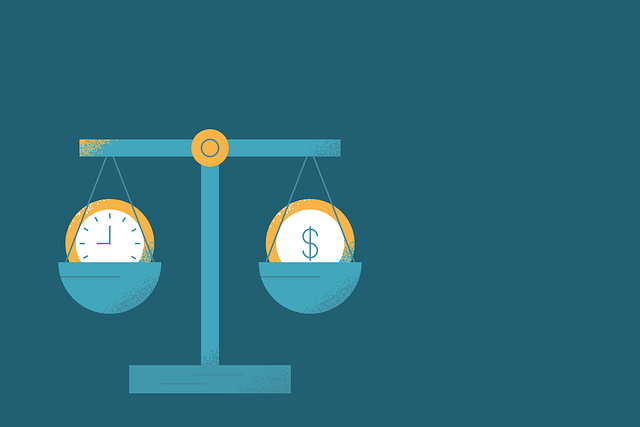Defaulting on a Texas title loan can result in vehicle repossession, substantial fees, and credit score damage. To avoid these severe consequences, borrowers must understand their loan terms, maintain open communication with lenders, and make timely payments. Financial literacy and proactive measures, such as budget planning and early intervention from counselors, are key to preserving financial health and steering clear of default.
After a Texas title loan default, understanding the consequences is crucial. This article guides you through the process of reinstating your loan, offering practical steps to get back on track. We’ll also explore preventive measures to avoid future defaults, focusing on strategies that empower borrowers in Texas. By following these insights, you can navigate the challenges of a title loan default and secure a more stable financial future.
- Understanding Texas Title Loan Default Consequences
- Steps to Reinstate Your Loan After Default
- Preventive Measures to Avoid Future Defaults
Understanding Texas Title Loan Default Consequences

When you take out a Texas title loan, defaulting on the loan can have significant consequences. These include potential repossession of your vehicle, which serves as collateral for the loan. Lenders may also charge additional fees and penalties, increasing the overall amount you owe. Furthermore, a default can negatively impact your credit score, making it harder to secure future loans or favorable interest rates.
Understanding these Texas title loan default consequences is crucial before you borrow. It underscores the importance of staying current on payments and exploring options like loan refinancing if you’re facing financial difficulties. While car title loans can offer quick access to cash, prioritizing responsible borrowing practices ensures you don’t fall into a cycle of debt.
Steps to Reinstate Your Loan After Default

If you’ve found yourself in default on a Texas title loan, don’t despair; reinstating your loan is possible with the right steps. The first crucial step is to assess the specific terms and conditions outlined in your original loan agreement. This will help you understand the consequences of defaulting, such as potential fees or penalties, and guide your actions towards reinstatement.
Next, reach out to your lender as soon as possible. Open communication is key; discuss your situation and explore available options for reinstating your secured loan. Given that title loans often come with quick funding benefits, many lenders are willing to work with borrowers who take prompt action. This may involve providing proof of income or making a portion of the outstanding balance to initiate the reinstatement process, ensuring you meet all future payments as agreed upon in the new terms.
Preventive Measures to Avoid Future Defaults

Avoiding a Texas title loan default is paramount to prevent severe consequences that can significantly impact your financial well-being. Before delving into reinstatement procedures, it’s crucial to understand preventive measures to ensure timely repayment and maintain a good standing with lenders. One of the primary steps is to carefully review and understand the loan requirements from the outset. Ensure you are fully aware of the interest rates, repayment terms, and any additional fees associated with the title loan. Financial literacy and transparency are key to avoiding default.
Additionally, seeking financial assistance or counseling early on can be a game-changer. If you anticipate difficulty making payments, reach out to credible financial institutions or non-profit organizations that offer guidance and support. They can provide tailored solutions, such as budget planning and debt management strategies, to help you meet your loan obligations without falling into default. By taking proactive measures and seeking the right kind of financial assistance, you can avoid the Texas title loan default consequences and maintain a stable financial future.
A Texas title loan default can have significant financial and legal repercussions, but understanding the process to reinstate your loan is a crucial step towards avoiding long-term damage. By promptly taking action after missing payments, you can potentially regain control of your finances and avoid harsh penalties. This article has outlined practical steps to reinstate your loan and offered preventive measures to ensure future borrowing stability. Remember, addressing default consequences head-on is key to rebuilding your financial health.






